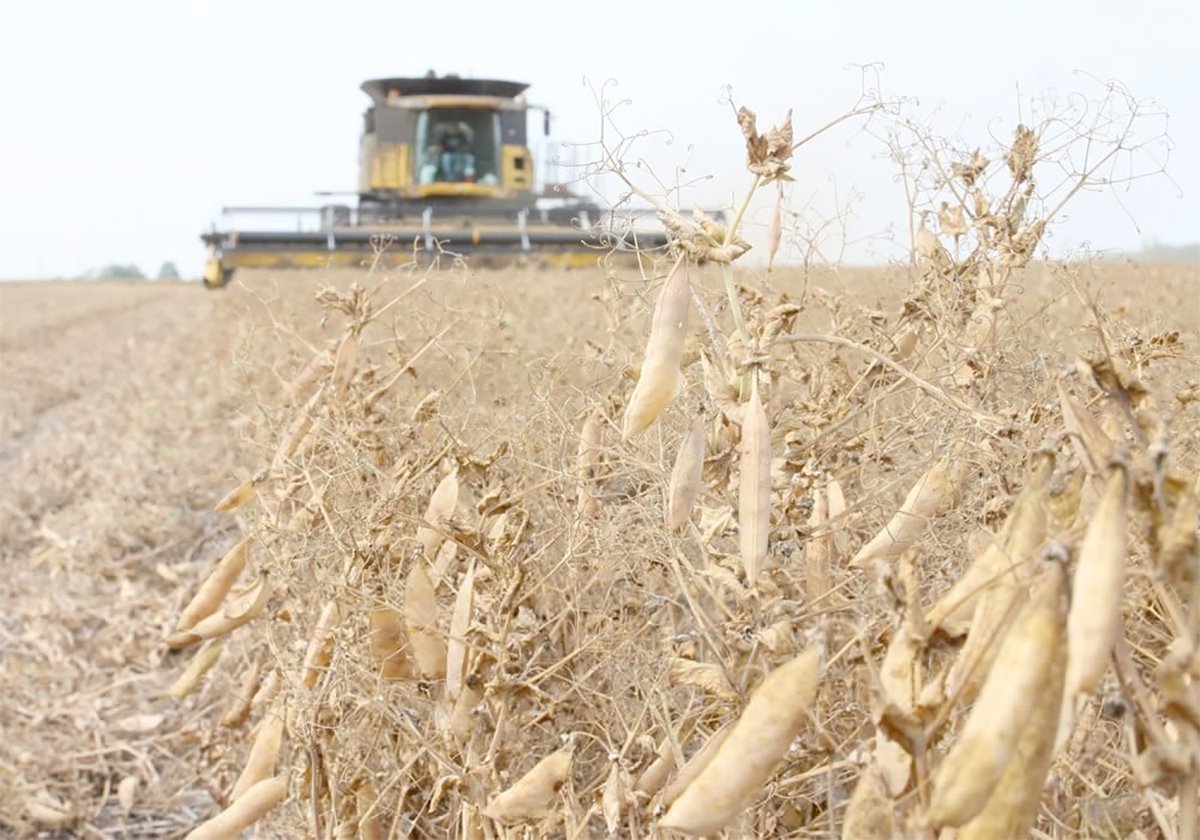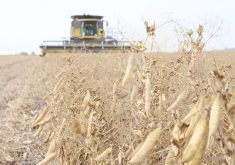An inefficient grain handling and transportation system is costing Saskatchewan farmers hundreds of millions of dollars a year relative to their counterparts in the United States.
A study prepared by a Canadian consultant and a U.S. academic concluded that wheat and barley farmers in Saskatchewan have significantly lower net revenues than growers south of the border.
In the period 1984-96, the difference was calculated to be $137 million a year compared to farmers in North Dakota and $147 million compared to farmers in Montana.
In 1995-96, said the study, the loss averaged $505 million versus North Dakota and $415 million versus Montana.
Read Also

Chinese, Indian tariffs take toll on pea prices
The disruption of pea exports from Canada’s largest customers will likely result in slow pea exports for the remainder of the crop year.
The reason? Higher marketing, handling and transportation costs in Canada, say the study’s authors Graham Parsons of Regina and Bill Wilson of North Dakota State University.
Their solution? Deregulation.
“Farmers require freedom, grain companies require freedom and railways require freedom in order to do their business and make money,” said Parsons, who operates a non-profit firm called the Organisation for Western Economic Co-operation.
Deregulation will result in productivity gains, cost reductions, expansions and ultimately higher prices to growers, said Wilson.
The study’s startling numbers were seized upon by the Western Canadian Wheat Growers Association to back up its own longstanding calls for more deregulation.
“This pretty well epitomizes everything we in the Western Canadian Wheat Growers have been working on for the past 10 years,” said association president Larry Maguire.
Parsons said the multi-million dollar losses were calculated by comparing differences in the farmgate prices of wheat and barley on each side of the border.
While the summary of the study distributed at the convention didn’t indicate what types or grades of grain were compared, it found prices to be higher in the two U.S. states throughout the 13 years under review, ranging from a low of $7.31 to a high of $45.31 a tonne.
Those differences, say the authors, directly reflect the efficiency of the two countries’ collection, handling and cleaning systems, rail shipping, port costs and marketing.
“If both the western Canadian and U.S. grain handling and transportation systems were equally efficient, then farm prices would reflect differences in rail rates that favor the Canadian farmer,” said the study. “However, this is not the case, as dynamic, competitive, regulatory and efficiency factors have also introduced price differences.”
The study cited major differences between the Canadian and U.S. systems in a number of areas:
- Canada has used government regulations to create an “administered market” with centralized control of transportation resources and emphasis on equity. Since 1980 the U.S. been steadily reducing regulation.
- There is more intense competition in the the U.S. system, with efficiency incentives creating substantial savings.
- Grain handling and cleaning charges are higher in Canada, reflecting a more concentrated grain industry.
- U.S. grain elevators are bigger, storage capacity is higher and more grain moves at multiple-car, discounted rates.














